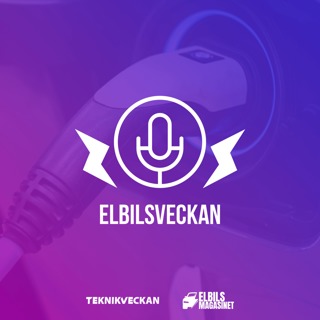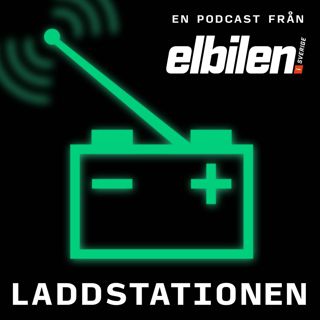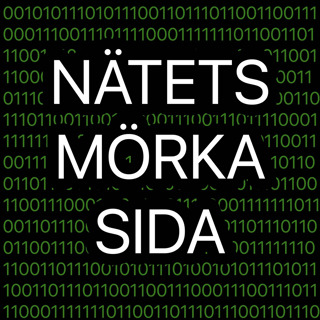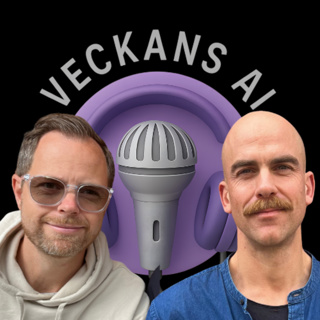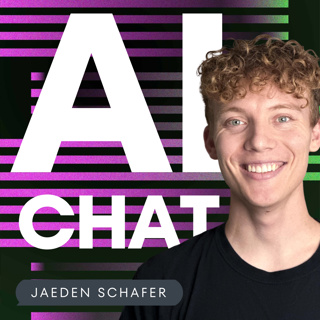
What Does Chat GPT Stand for?
GPT in ChatGPT stands for Generative Pretrained Transformer. The term "Generative" refers to the ability of the model to generate text, while "Pretrained" means that the model has been trained on a large corpus of text data prior to being fine-tuned for specific applications. The "Transformer" part of the name refers to the architecture of the model, which is based on the transformer architecture. The transformer architecture is a deep learning model that has been highly successful in a wide range of natural language processing tasks, making it well-suited for language generation tasks like those performed by ChatGPT.
12 Feb 20232min

How Does Chat GPT Make Money?
How Does Chat GPT Make Money?
11 Feb 20235min

How ChatGPT Works
ChatGPT is a cutting-edge technology that is powered by artificial intelligence and machine learning. It is a conversational model that can answer questions, generate text, and complete various tasks, such as translation and summarization, with remarkable accuracy and speed. Despite the impressive capabilities of ChatGPT, many people are still unsure about how it works and how it was created. This text aims to explain the inner workings of ChatGPT in a way that is easy to understand for non-technical people. ChatGPT is a type of language model known as a Transformer. A language model is a type of artificial neural network that is trained on a massive amount of text data to predict the next word in a sentence, given the preceding words. The goal of a language model is to learn the patterns and relationships between words in a language, so that it can generate coherent and grammatically correct sentences. The Transformer architecture that powers ChatGPT is a recent breakthrough in the field of natural language processing, and it has enabled the creation of models that can handle long sequences of text data, such as entire articles or books. The training of ChatGPT is a complex process that involves feeding the model massive amounts of text data, known as the corpus, and fine-tuning its parameters to minimize the error in its predictions. The corpus used to train ChatGPT is a diverse collection of text from various sources, such as books, articles, and websites, and it represents a wide range of topics and styles. During training, the model is presented with input sequences of text, and it tries to predict the next word in the sequence. If the model's prediction is incorrect, the error is backpropagated through the network, and the parameters are adjusted accordingly to reduce the error in future predictions. This process is repeated many times, and after several iterations, the model becomes highly accurate in its predictions. A neural network is a type of machine learning model that is inspired by the structure and function of the human brain. It consists of interconnected nodes, or neurons, that process information and communicate with each other to perform a task. In the case of ChatGPT, the task is to generate text based on the input it is given. The neurons in a neural network are organized into layers, and each layer performs a different type of computation on the input data. For example, the first layer of a language model might perform operations that extract features from the input text, such as the presence of certain words or phrases. The subsequent layers then use these features to make predictions about the next word in the sequence. The key to the success of a neural network, like ChatGPT, is the way the parameters of the model are adjusted during training. The parameters of a neural network are the variables that control the computations performed by the neurons. For example, the weights of the connections between the neurons determine how much influence one neuron has on another. During training, the values of these weights are adjusted so that the network can make accurate predictions about the output given a specific input. This process is known as learning, and it is what allows a neural network to become highly accurate in its predictions. In addition to training on a large corpus of text, ChatGPT has also been fine-tuned on specific tasks to enhance its performance. Fine-tuning is a process that involves training the model on a smaller corpus of data that is related to a specific task, such as answering questions or generating text. This allows the model to learn the specific patterns and relationships between words that are relevant to the task, and it can lead to a significant improvement in the model's performance. For example, fine-tuning ChatGPT on a corpus of question-answer pairs
10 Feb 20238min

Can ChatGPT Write Code?
ChatGPT is a cutting-edge language model developed by OpenAI that has taken the AI industry by storm. This model is capable of generating human-like text responses to a wide range of prompts, including coding questions. With its impressive language generation abilities, one might wonder if ChatGPT can actually write code. In this piece, we will explore the strengths and weaknesses of ChatGPT in writing code. Strengths ChatGPT's strengths lie in its ability to generate text based on patterns it has learned from a massive amount of data. This model has been trained on billions of words from the internet, making it a knowledge powerhouse. When it comes to writing code, ChatGPT is capable of generating code snippets for various programming languages based on examples it has seen in its training data. This makes it an excellent tool for developers looking for quick solutions to coding problems. Another strength of ChatGPT in writing code is its ability to understand the context and structure of code. ChatGPT can identify the syntax and structure of code snippets, and generate code that adheres to the rules and conventions of a particular programming language. This makes it a valuable tool for developers who need to generate code quickly without having to worry about syntax errors or other issues. One of the most significant strengths of ChatGPT in writing code is its ability to understand the purpose of the code. ChatGPT can generate code snippets that perform specific tasks, such as sorting an array, or performing a calculation. This makes it an ideal tool for developers who are looking to implement a specific feature in their code. Weaknesses Despite its impressive abilities, ChatGPT is not without its limitations. One of the biggest weaknesses of ChatGPT in writing code is its limited understanding of programming concepts. ChatGPT may generate code snippets that work, but it may not have a deep understanding of why the code works, or how to optimize it. This means that developers may need to spend additional time tweaking and refining the code generated by ChatGPT to ensure that it works as intended. Another weakness of ChatGPT in writing code is its lack of creativity. While ChatGPT can generate code snippets based on examples it has seen, it does not have the ability to come up with innovative solutions to problems. This means that developers may need to come up with their own creative solutions, or rely on other tools to generate code. Another limitation of ChatGPT in writing code is its lack of versatility. While it has been trained on a wide range of data, including code, ChatGPT may not have seen enough examples of certain programming languages or code snippets to generate high-quality code. This means that developers may need to use other tools or techniques to generate code for specific programming languages. Finally, it is important to note that ChatGPT is a machine learning model, and as such, it is prone to making mistakes. Developers may need to thoroughly review the code generated by ChatGPT to ensure that it works as intended and does not contain any errors. Conclusion ChatGPT is a cutting-edge language model that has the ability to generate human-like text, including code snippets. This makes it a valuable tool for developers looking for quick solutions to coding problems. ChatGPT's strengths include its ability to understand the context and structure of code, as well as its ability to generate code snippets that perform specific tasks. However, ChatGPT also has several weaknesses, including its limited understanding of programming concepts, lack of creativity, lack of versatility, and potential for mistakes.
9 Feb 20239min

Are Chat GPT Answers Unique?
In this episode of The Chat GPT Podcast, we tackle the question that's been on everyone's mind: Are ChatGPT answers unique? We dive into the inner workings of ChatGPT and explore the factors that contribute to the uniqueness of its responses. From its training data to the randomness introduced during the generation process, we cover everything you need to know to understand the intricacies of ChatGPT's answers. We also examine the limitations of the model and discuss the importance of evaluating and monitoring its performance to ensure accurate and appropriate responses. Whether you're a tech enthusiast, a content creator, or just curious about the future of AI, this episode is a must-listen for anyone interested in the world of ChatGPT.
8 Feb 20233min

What is Chat GPT and AI?
ChatGPT is a language model developed by OpenAI, one of the leading research organizations in the field of Artificial Intelligence. It uses deep learning algorithms to generate human-like responses to text inputs. The model is trained on a large corpus of text data, allowing it to generate text that is coherent, contextually relevant, and often indistinguishable from text written by a human. ChatGPT can be used in a variety of applications, including conversational AI, language translation, question-answering, and more.
8 Feb 20234min

ChatGPT Competitor Anthropic gets $300M from Google
In this episode of The Chat GPT Podcast, we explore the exciting news about ChatGPT's newest competitor, Anthropic, and its recent $300 million funding from Google. We discuss what sets Anthropic apart from ChatGPT and what implications this new investment could have on the AI language model industry. Join us as we delve into the details of this development and analyze the potential impact on the future of AI and language generation. Whether you're a tech enthusiast or a content creator, this episode is a must-listen for anyone interested in the latest developments in the field of AI language models.
3 Feb 20239min

How Chat GPT is Trained
How Chat GPT is Trained
10 Dec 202210min







